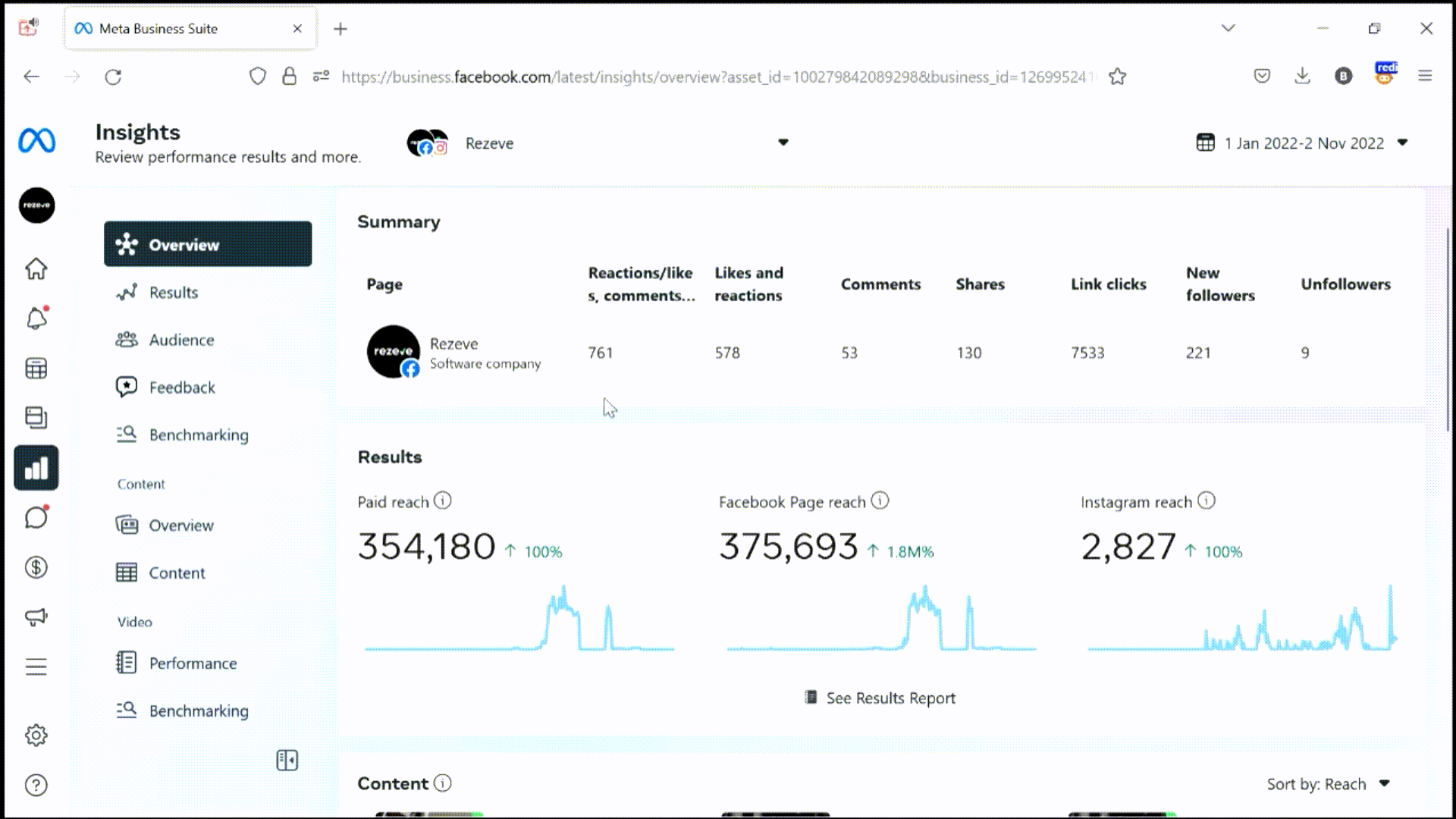How your fitness business can leverage data for growth
Data driven decision making is probably already an integral part of your daily life. You do it all the time, you just don’t put a label to it. For example, the decision to bring along an umbrella when the weather forecast predicts rain is a data driven decision.
So, you see, data-backed decision making is not as daunting as it seems. What you can glean from this article, is to hopefully have a more structured and consistent process for doing this in your day to day business management.
Whether you run a yoga studio, a gym or a chiropractic practice, and regardless of the level of digitalisation in your business, you are likely to already be collecting these basic data sets.
Types of Data You Probably Already Own

Ways to Use Data
Chances are, you are already using data in your business decisions. For example, having observed that a certain class is often oversubscribed, you decide to increase the sessions offered - that is data driven decision making at work.
Here are some other ways to put your data to good use.
1. Extending customer lifetime value
Do you know why some customers are motivated to renew their relationship with you again and again?
If your answer is no, it's time to find out. In any case, loyalists are great advocates too. They probably already are referring their friends and family to you. Why not take this an extra mile and incentivise them to do so? You may for instance offer them a free session for every referral.
As much as it is beneficial to identify and convert loyalists to advocates, it is as important to do so for those who drop off. Identifying the key reasons could help you make some valuable decisions for your business.
Using the example of a pilates studio, your data may be able to unearth drop off (and retention) rate by customer profile, preferred classes etc… With this knowledge, you can make necessary adjustments.
If, for instance, you realise that there are clear distinctions in profile between loyalists (who perhaps stay because they enjoy and see value in your service) and short-timers (who could be more value driven and often swayed by promotions), you can adjust your marketing efforts accordingly.
2. Refine customer offerings
Even if you are not actively surveying your customers (and potential ones) on their choices and preferences, your existing customer data should provide a pulse of their likes/dislikes, needs and wants.
Are certain types of classes/services or those by specific instructors/service providers often oversubscribed, all things being equal? This is a clear indication of customer preference.
3. More impact in your marketing
If, like most small to medium business owners, you are already promoting your services on social media, you’d have access to a wealth of data provided by these platforms.

Here are some things to look out for:
1. Do certain ads or promotions get more response than others?
When measuring response, it is important to differentiate between actual conversions (e.g. sign-ups, enquiries) versus engagements (clicks, video plays) that do not result in actual conversions.
The latter may be a result of genuine curiosity and interest but when conversion is low, it may be time to examine factors such as the attractiveness of the offer or the service on offer.
2. Who is responding to your ads?
This will shed light on which audience segment finds you most attractive so you may wish to focus more budget on them in coming campaigns. Conversely, poor responding audiences should be eliminated.
It is often prudent to adopt a test and learn approach i.e. testing multiple audience segments with small budgets then investing more in the successful segments and less for the opposite.
On this note, it may be helpful to test tangential audiences that are less obvious for the category. For example, a yoga studio may obviously target those with interest in yoga, but it is also worth testing audiences who are engaging in vegetarianism, stress management or even chronic pain sufferers.
The point here is to get as much data as possible with a small budget. This way, you can always scale up when you find successful audiences.
Separately, data of existing customers can also play a big part in any customer relationship management (CRM).
Just a simple notification during their birthdays can empower you to grow sales by pushing a birthday offer. There are even systems out there that automates this process, saving you time to focus on the big picture.
Or, if you have a lapsed customer who hasn’t visited in a while, it may be time to send an incentive to reignite that relationship.

How to Up Your Data Game
So far we have covered ways in which you can use existing data to improve business management. Though it may not always be easy, it is plain to see how valuable data can be in guiding the right decisions.
A busy entrepreneur may not always have the luxury of time and resources to collect, clean, visualize, and analyze their data, especially when it comes from multiple sources. Tools like Hevo Data offer seamless solutions to manage and integrate data across different platforms, making it easier to analyze and act on it effectively.
This is where a business management tool can be life changing. A tool that manages all your business functions such as sales, customer profiles, scheduling, personnel management and even marketing means all that data sits in one platform making it easily accessible.
The Rezeve Business Management software, for instance, not only helps you manage all aspects of your business needs, it also provides flexible and informative reports that are user friendly and intuitive. When data is presented the right way, all that’s required are your analytical skills and acumen to take your business to higher ground.
Hit us up for a demo today and enjoy a 1-month trial!
See you around!
Nelly 🐙
Do you want to see more content like this? Follow us on Instagram and Facebook for more wellness advice, fitness trends, workout inspiration, and even best health and fitness deals exclusive to our followers. Don’t miss out!

